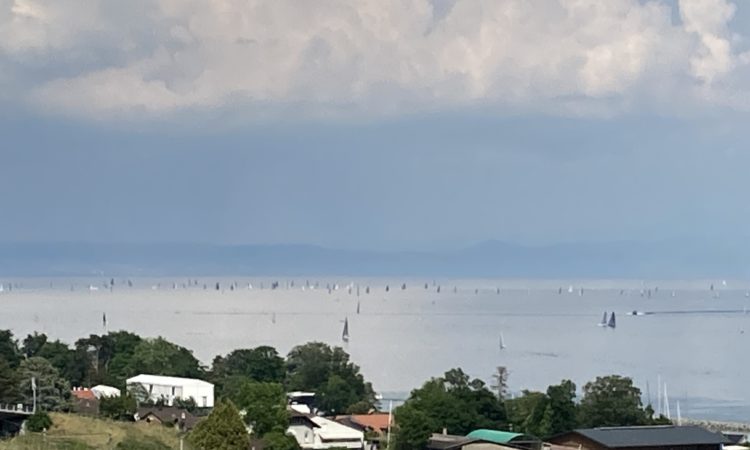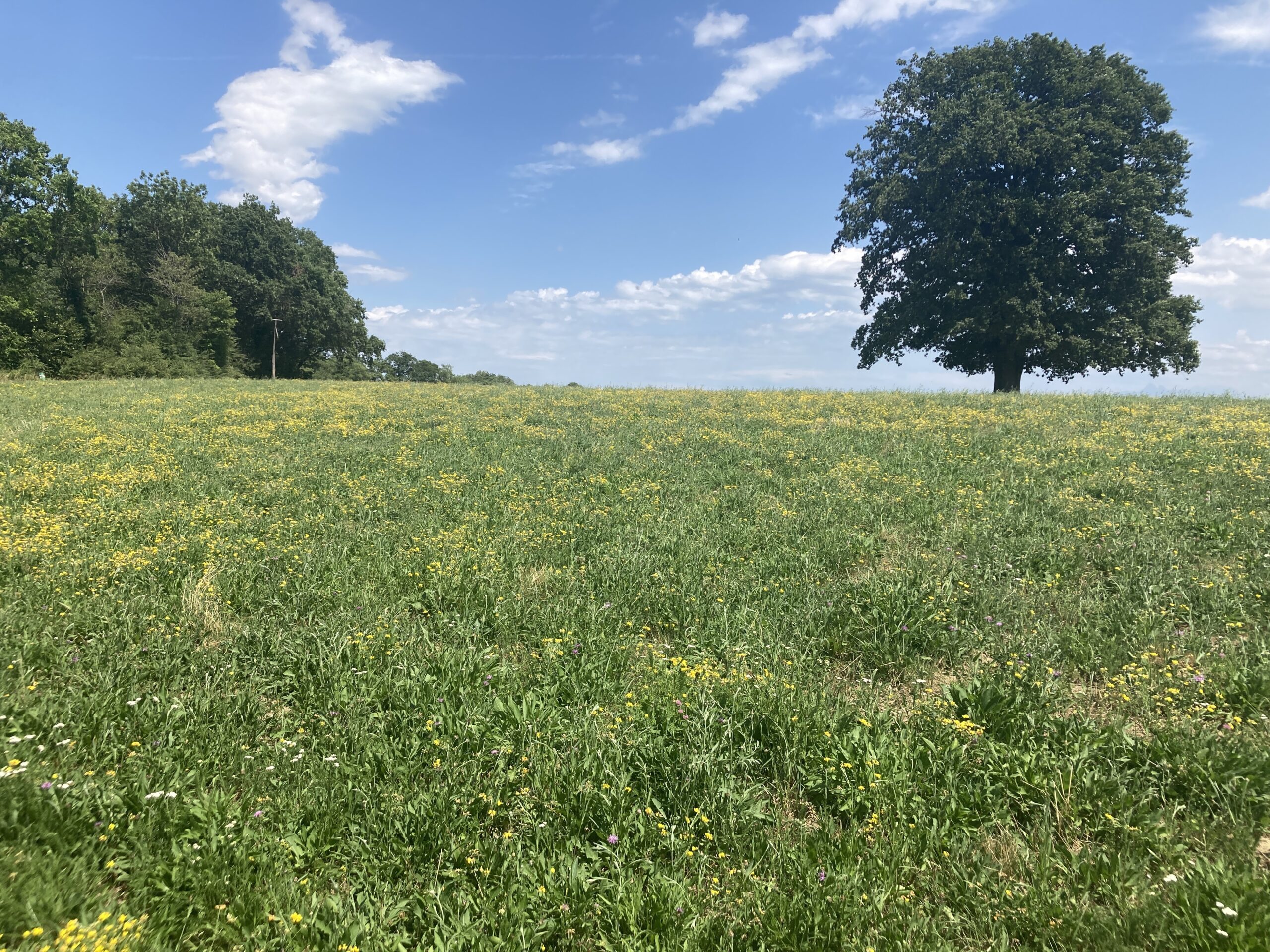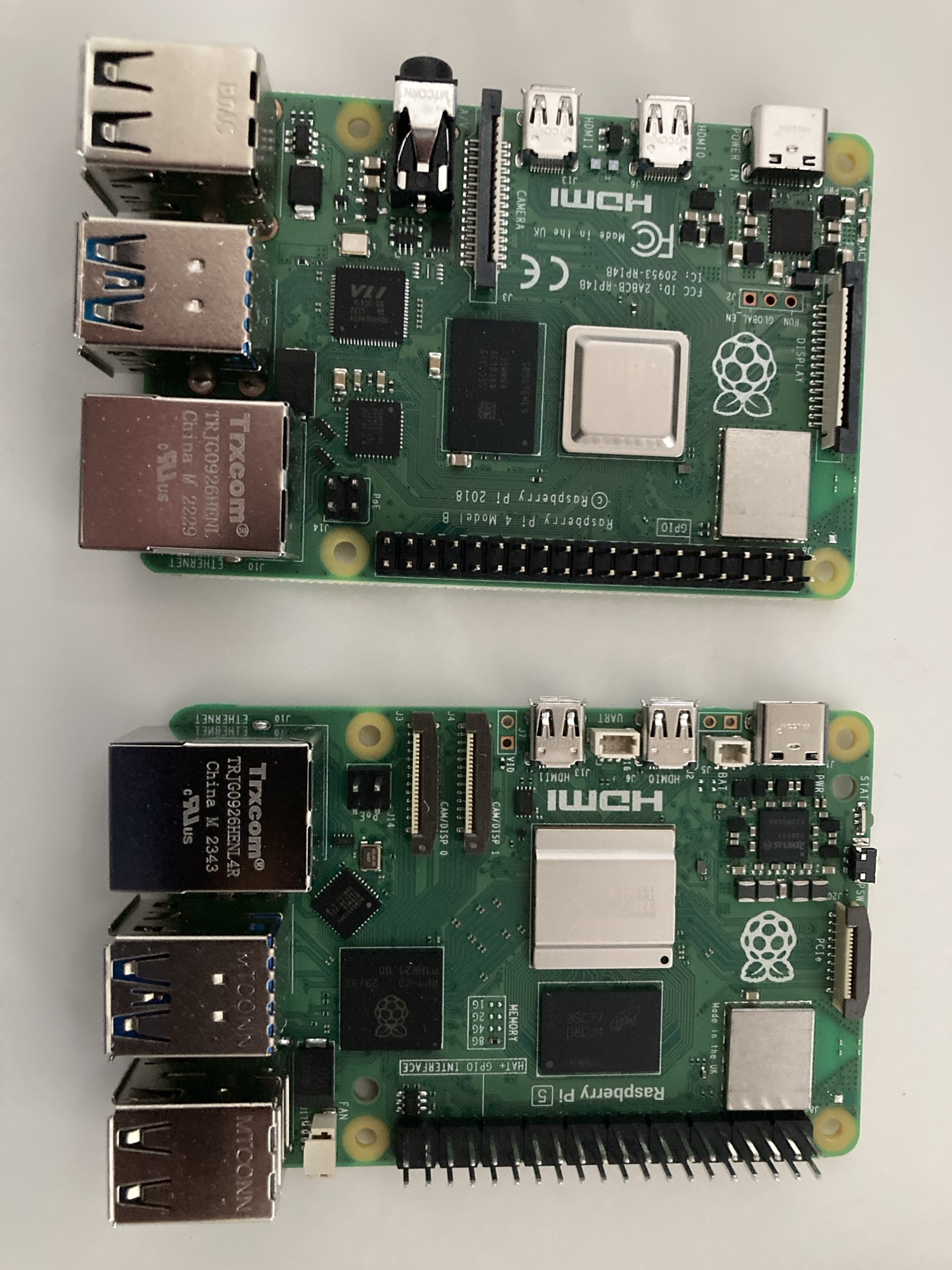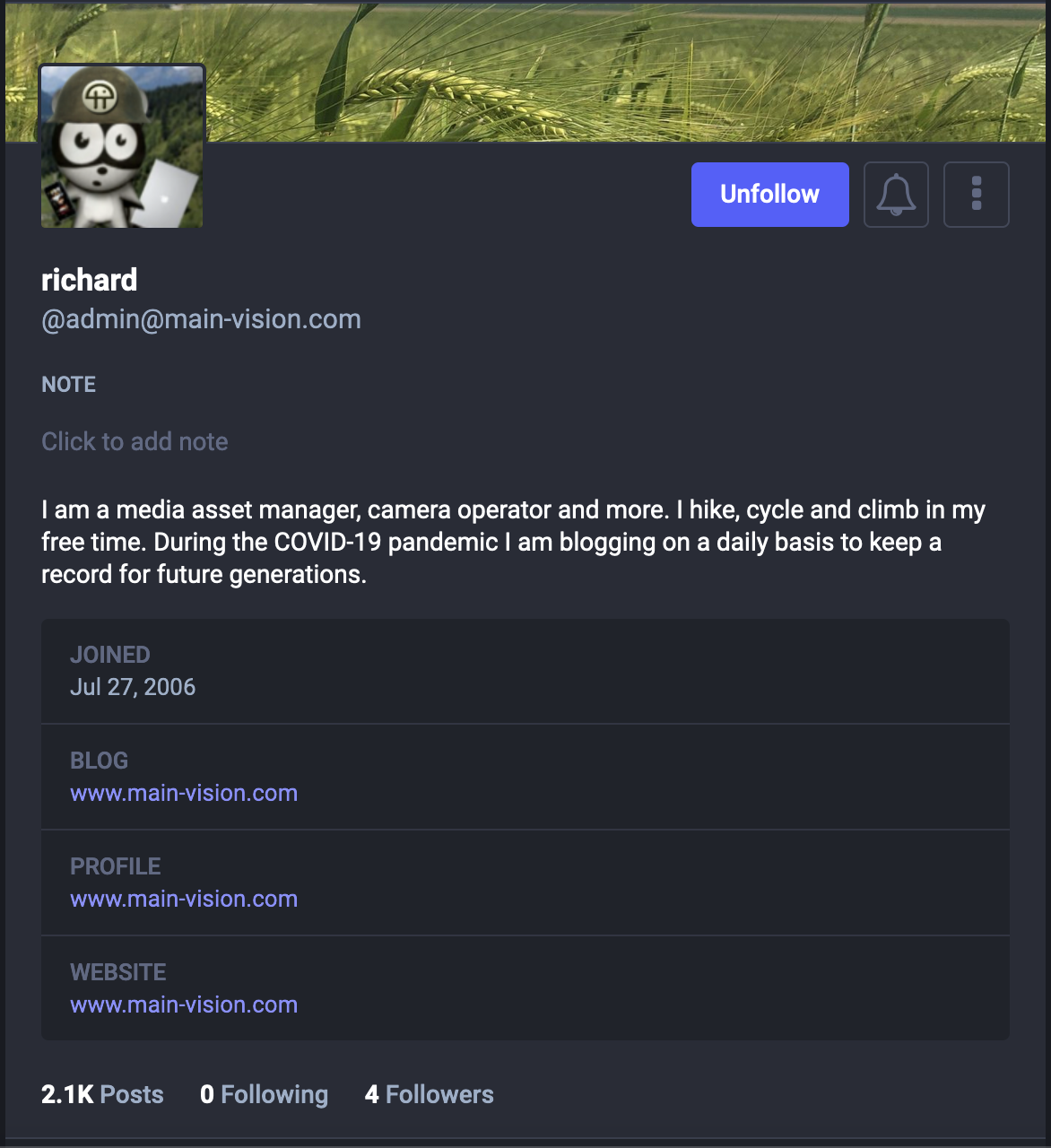Tag: wordpress
-

Conversing to the Fediverse With WordPress
Reading Time: < 1 minuteRecently I saw a post stating that WordPress can speak with the fediverse more effectively. For months we could post to the fediverse but if we replied to a toot via WordPress it would be lost. Those on Mastodon instances would comment but be "ignored". For months I thought that it…
-
More WordPress Thoughts
Reading Time: 2 minutesFor a few days I ran ClassicPress rather than WordPress and it ran fine. I noticed that sliding between WordPress and ClassicPress is not as simple as it used to be. Now we need to find the build URL and I couldn’t find documentation about what the Build URL is. Having said…
-

Transitioning from WordPress to Hugo
Reading Time: 3 minutesTransitioning from WordPress to Hugo is tempting because I don’t need an entire CMS for what I’m doing. What I need is a centralised system that checks for tags, titles and the theme, and updates the navigation as I add new pages. You don’t need a CMS for that. The Good Old…
-

A Desire to Dump WordPress
Reading Time: 2 minutesIn theory WordPress is a fantastic tool to write a blog, without needing to learn to code. In practice I am tired of WordPress and I have been tired of WordPress ever since they started to use blocks, and ever since I noticed that it uses React. React and Meta I know…
-

Of Blogging and Substacking
Reading Time: 2 minutesA month or two ago we had the chance to jump on the Substack wagon while it was hot and to ride the wave of new followers and experience a growing community. I could have joined in. I could have become one of those “I’m one of you people” but I didn’t. …




